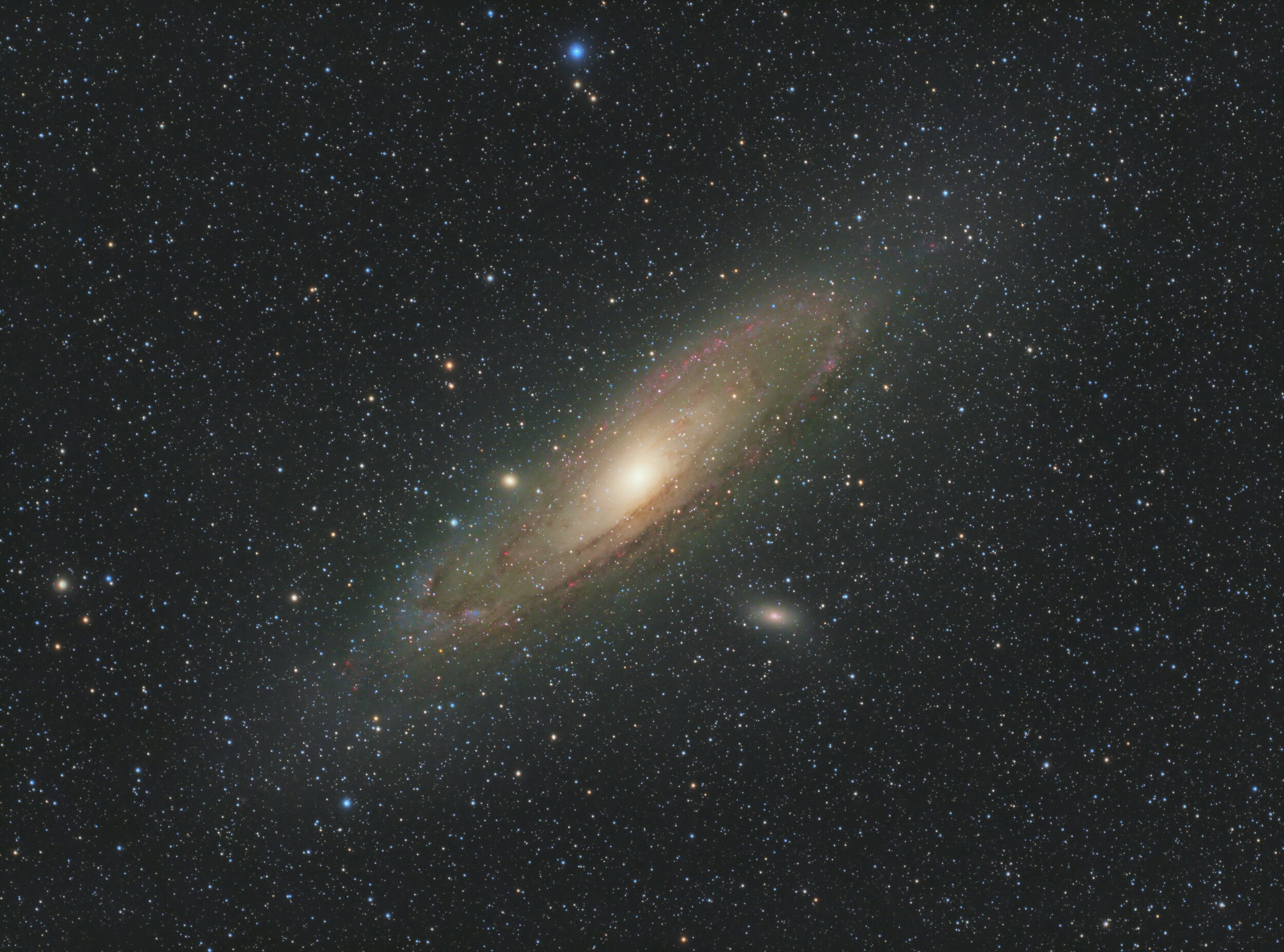I’ve been really interested in the William Optics RedCat 51 since the original announcement. A few web bloggers got ahold of early versions of this scope, and took some really fantastic wide field images with it. Once the scope finally released early reports from purchasers showed lots of issues. Poor coma and off axis issues were prevalent. I waited for the initial manufacturing run to go out of stock, and ordered when they started the second run hoping any issues would be cleared up and I would get one without problems.
The day finally arrived. Agena Astro had them in stock, and I was quick to grab one. It arrived last week to cloudy skies, and I only had it out for a few minutes. Since then, i’ve been able to get it out for a full night of Hydrogen Alpha imaging on the Elephant Trunk nebula. I paired it up with an older Orion StarShoot AutoGuider that I had laying around, a ZWO Mini Guide Scope, and my existing ZWO ASI1600MM-Pro main camera, ZWO 8-slot filter wheel and Astrodon filters.
At first I couldn’t figure out how to focus. It turns out that the scope shipped with the lens hood flipped around covering the focus. I had to unscrew it and reattach the other direction. It makes the scope quite compact for traveling, and I intend to pair it with my Sky-Watcher Star Adventurer when I head out of town in the future. To set up for imaging, I had to reach the prescribed back focus distance, and I used one 16.5 adapter, the filter wheel and space to sensor to achieve 55mm of distance. William Optics also offers DSLR adapters that attach to the back of the scope where you can hook up your Canon or Nikon camera with no additional spacers.
Once set up to image, I placed it on my Celestron AVX mount, and loaded up EKOS to begin imaging for the evening. A quick Polar Alignment, and I was off imaging. I picked a target that would fully fit into this wide field of view, the entire Elephant Trunk nebula. Here’s the first night of imaging with around 6 hours of HA data. I calibrated and stacked the image with Astro Pixel Processor.
I ran the final image through PixInsight’s FWHM/Eccentricity and image analysis tools. The final image shows very little issues with the scope. There is an interesting aberration with the largest stars, it looks a bit liked pinched optics. I have an e-mail out to William Optics to confirm and see if I can fix it by adjusting the screws around the lenses. There is very little coma in the final image.
The above image shows the very slight coma in the extremes of the corners. It’s practically invisible zoomed out, so I can live with that. But one of the benefits of a Petzval scope like this is that it’s supposed to be corrected for these issues, and provide an extremely flat field. The field is definitely flat, but the coma still exists however minor it is.
Overall, i’m quite happy with the scope and look forward to imaging other large objects including the North American nebula (with the Pelican nebula), the SADR region, Andromeda, and more.



























